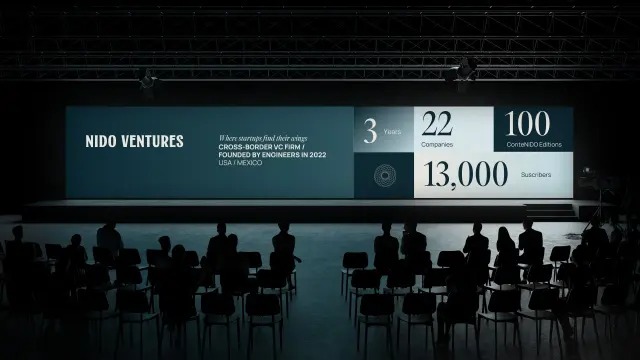Low-code and no-code platforms are transforming enterprise software development by empowering business users and accelerating delivery cycles.
In 2025, low-code and no-code development platforms are no longer niche tools used by hobbyists or small teams—they’ve become mainstream enterprise solutions. Organizations worldwide are embracing platforms like Microsoft Power Apps, OutSystems, Mendix, and Appian to accelerate internal tool development, reduce IT backlogs, and empower business users.
From Shadow IT to Strategic Priority
Initially used as quick workarounds by non-developers, low-code apps often started as “shadow IT” solutions. Today, they are part of strategic roadmaps. CIOs are integrating low-code platforms into core operations, enabling departments like HR, finance, and logistics to build their own workflows without waiting for overloaded dev teams.
According to Gartner’s 2025 report, over 65% of application development activity in enterprises now involves low-code tools.
Speed, Agility, and Democratization
The most compelling benefit is speed. Projects that previously took months to prototype and release can now go live in weeks or even days. This agility is crucial in competitive markets and rapidly evolving industries like healthcare, logistics, and fintech.
Low-code platforms allow for:
-
Drag-and-drop interfaces
-
Built-in integrations with legacy systems and APIs
-
Visual workflows for automation
-
Cross-platform compatibility
-
Real-time collaboration features
Even citizen developers with no formal coding experience are creating apps, reports, dashboards, and automations.
Use Cases Across the Enterprise
Some of the most common and impactful low-code use cases include:
-
Internal dashboards and reporting systems
-
Approval workflows for procurement or HR
-
Customer onboarding portals
-
Data entry and migration tools
-
Compliance tracking and auditing interfaces
-
Mobile field service apps
For complex solutions, low-code is used alongside traditional coding—what’s often referred to as “fusion development.”
Developer Role Evolution
Professional developers aren’t being replaced—they’re being refocused. Instead of spending time building forms or CRUD apps, they now concentrate on architecture, API development, and integrating low-code apps with core systems. In some organizations, they serve as mentors or reviewers for citizen developer projects, ensuring security and scalability.
Security, Governance, and IT Oversight
One challenge of low-code growth is managing sprawl. As more teams build apps independently, IT departments are implementing governance frameworks to maintain control. Key strategies include:
-
Centralized app registries
-
Role-based access control
-
Security templates and reusable components
-
Review and approval workflows before deployment
-
Monitoring for compliance and data privacy
Tool vendors are responding with robust governance dashboards, audit trails, and enterprise-grade security features.
Integration with AI and Automation
Low-code platforms are becoming smarter. AI integration enables automatic form generation, intelligent data mapping, predictive analytics, and even natural language app creation—where users describe a workflow in plain English and the app is scaffolded in seconds.
Robotic process automation (RPA) capabilities are also merging with low-code, allowing businesses to automate manual, repetitive tasks across platforms like SAP, Salesforce, and Excel.
Economic and Strategic Benefits
Enterprises adopting low-code report:
-
30–70% faster delivery times
-
Up to 50% lower development costs
-
Reduced reliance on external vendors
-
Empowered non-technical staff
-
Faster iteration based on user feedback
In uncertain economic conditions, this level of efficiency is highly attractive to CFOs and CTOs alike.
The Future of Software Development?
The rise of low-code doesn't mean the end of traditional development. Rather, it signals a new model where technical and non-technical stakeholders collaborate more seamlessly. Experts predict:
-
Low-code will be used for prototyping before full-code implementation
-
AI will bridge the gap between natural language and application logic
-
Full-code and low-code will coexist in unified platforms
-
Enterprise app development will resemble building in Figma more than coding in VS Code
The industry is heading toward a future where "everyone can build" without compromising security or scalability.






























